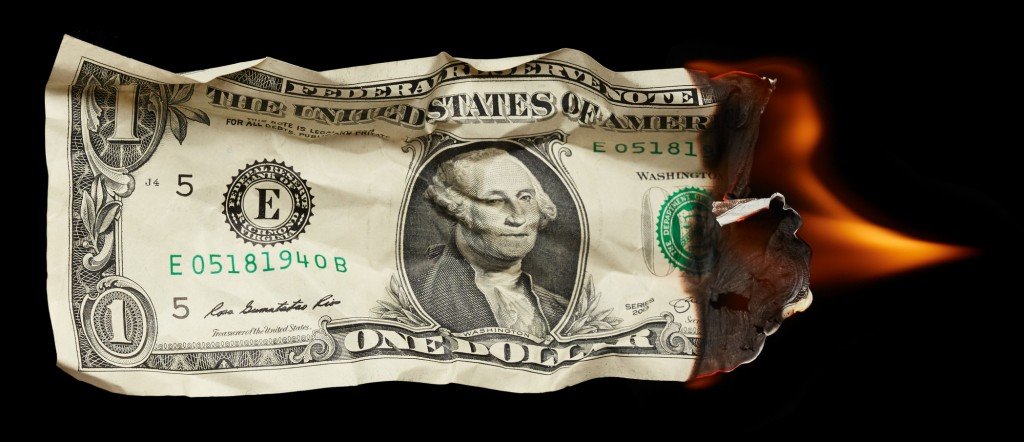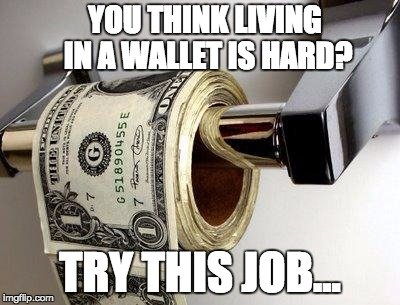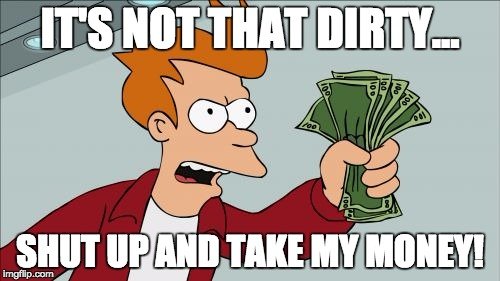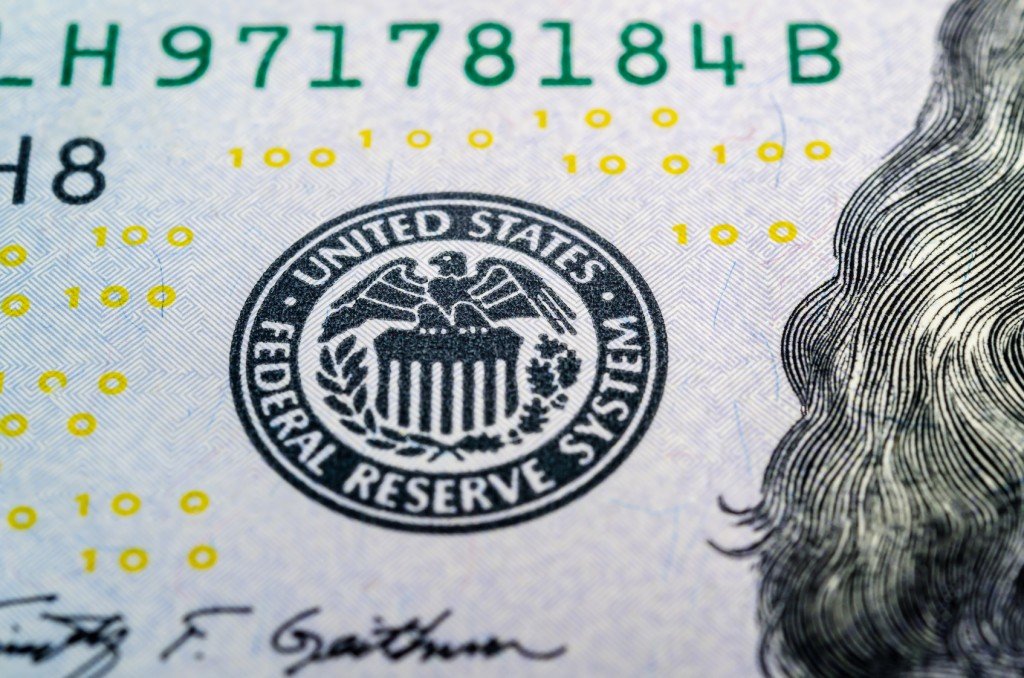Table of Contents (click to expand)
Currency notes that are damaged are usually taken out of circulation. This means that the government will no longer print new bills to replace them. Instead, the government will shred the damaged bills and send them to a landfill.
In 21st century society, we often feel like slaves to the almighty dollar. Economic downturns and paychecks dictate so much of what we do, think and buy. Our pockets jangle with loose change and our wallets bulge with cash, if we’re lucky!
Cash is something that we still can’t live without for many services, and it is a popular form of currency around the world – relatively inexpensive to make, easy to carry, and accepted everywhere. The average currency note can change hands hundreds of times in the course of its life, and at some point along the line, it’s almost bound to get torn, ripped, shredded, burned, or any other type of damage that simply can’t be fixed.

When currency is torn, it is usually taken “out of circulation”, but what does that really mean? What happens to currency once it’s damaged?
The Life Of A Banknote
Every year, in the US alone, more than 8 billion banknotes are printed, totaling more than $350 billion dollars. Most of those bills are created in order to replace bills that are currently in circulation, because bills are constantly being removed from the larger system. Imagine that you’re a $1 bill being passed around a dozen times a year (at least), being stuffed in pockets, slid through vending machines, dropped on the floor, folded in a wallet, etc. Your average lifespan would be about 3.5 years, because you go through a lot of wear and tear.

However, for more rare banknotes, like a US $100 bill, that banknote may stay in circulation for a decade or more. The better condition a bill stays in, the longer it will remain in circulation. When bills pass through any Federal Reserve bank (there are 12 scattered throughout the US, handling hundreds of billions of dollars each year), they must go through a quality or fitness check. This is to ensure that the bills are in appropriate condition to be used in things like vending machines and ATMs. If a bill is too dog-eared, folded, soiled, or limp, the bill is separated from the other bills by a high-speed sorting machine, the “Banknote Processing System 3000”.
If a bill is deemed unfit to be put back into circulation, it is immediately sent to a shredder and sent to a landfill, while the denomination of the bill is noted. Roughly 6 billion banknotes are destroyed every year in the United States alone, and are subsequently replaced, helping to keep the currency in circulation crisp, usable and clean.
This is how the government passively controls the quality and amount of paper money in circulation. The government uses the figures reported from the Federal Reserve Banks as a guide for how much new money needs to be printed, in addition to considerations of bills that had been destroyed, inflation, foreign exchange loss, etc.
Also Read: What Material Is Used To Print Currency?
So Are Damaged Bills Useless?
Absolutely not. Currency in the United States, for example, is controlled by the US Treasury and the Department of Engraving and Printing. According to those two institutions, damaged currency is definitely still valid, provided that there is CLEARLY 50% of the currency intact and the denomination can be clearly identified without any intense investigation. In other words, if you drop your bill in the toilet, dry it out, let your dog chew on it, and then singe the corners, as long as you still see George Washington’s face and 50% of the paper is intact, you can spend that $1 bill. These are called non-mutilated bills, and are still considered valid currency by law.

Many people claim to have problems spending damaged currency, and it is true that a number of retail establishments and businesses don’t want to accept money that is torn or soiled. However, they don’t like accepting them because other customers don’t typically want to receive damaged currency as change! You can always go to your local bank and exchange this currency, provided it falls within the guidelines of non-mutilated bills.
Furthermore, many businesses pass along their earnings directly to banks, which will accept damaged money and pass it along the chain to a Federal Reserve bank (explained above).

Also Read: Who Makes Bills And Coins For An Economy, And How Do They Decide The Value Of Each?
What About REALLY Damaged Bills?
There is a point where a business can refuse to accept a bill, primarily when there is less than 50% of the original currency, or if the bill is so faded, soiled, torn, or bleached that it is impossible to accurately determine the value. Bills in this sad state of affairs is called mutilated currency, and commonly occurs in the form of fire, flood, animals, insects, or explosions. You might think that a stack of banknotes that gets caught in a fire and singed around the edges would be worthless, but in fact, mutilated currency can be redeemed! It’s important that you not disturb the mutilated currency more than necessary, particularly if it is in a container, folded in a specific way, or has been damaged to the point of fragility (like in a fire).
You can’t simply walk into a bank with them, but you can send your mutilated banknotes directly to the Department of Engraving and Printing, where a mutilated currency expert will examine the “remains” of your money and do a thorough investigation to determine the precise value of the mutilated currency. This process could take months, and there is no guarantee that you will be reimbursed with precisely how much you lost, but there’s definitely a chance!
As you might expect, once the Department of Engraving and Printing receives these bills, just like the damaged bills in the Federal Reserve banks, they are shredded and disposed of. As the old saying goes, “Money doesn’t grow on trees, but it’ll probably end up in a landfill.”
How well do you understand the article above!

